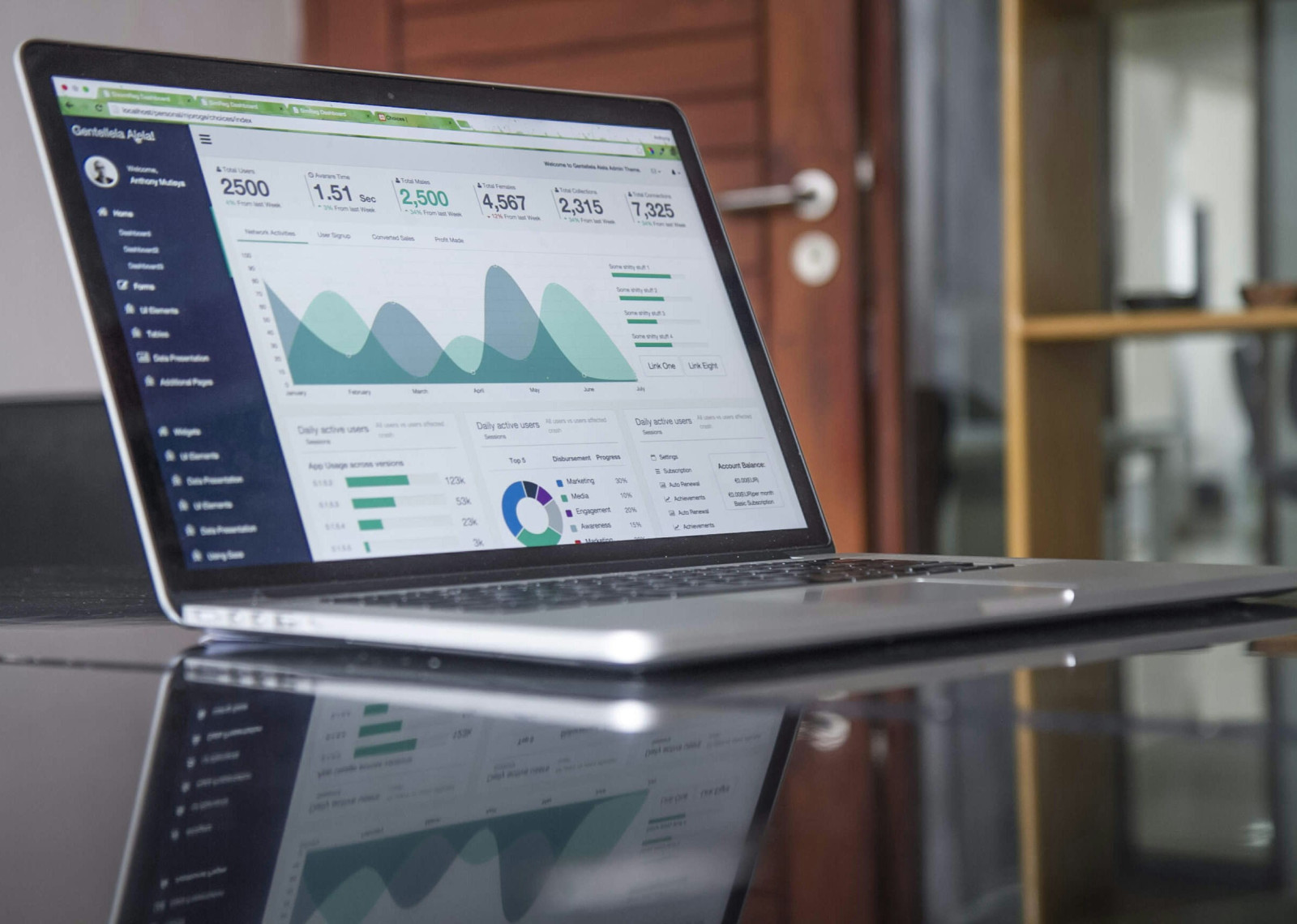
When it comes to running a successful online business—especially for handmade product sellers—your website is your digital storefront. But how do you know if it’s actually working for you? The answer lies in website analytics. By tracking and understanding your data, you can make smarter decisions that improve traffic, increase conversions, and grow your sales.
In this post, we’ll break down exactly how to use analytics to boost your website’s performance, even if you’re not a “numbers person.”
Why Website Analytics Matter
Website analytics are like a report card for your business. They help you see:
- Where your visitors are coming from (social media, search engines, email, etc.)
- What they’re doing on your site (browsing, reading, adding to cart, abandoning carts)
- Which pages are performing best (and which might be turning customers away)
When you understand these insights, you can make targeted improvements that directly impact your bottom line.
Step 1: Choose the Right Analytics Tool
While there are many analytics tools available, here are some popular options:
- Google Analytics (free, powerful, and great for detailed data)
- Shopify Analytics (built-in for Shopify sellers)
- Etsy Stats (if you sell on Etsy but also want to monitor site traffic)
- Squarespace or Wix Analytics (integrated for those platforms)
If you’re on Shopify or running your own website, Google Analytics should be your go-to for the most in-depth tracking.
Step 2: Identify Your Key Metrics
Instead of getting lost in endless charts, focus on these important numbers:
- Traffic sources – Where visitors are coming from.
- Bounce rate – How many leave after only viewing one page.
- Conversion rate – How many visitors become paying customers.
- Average session duration – How long people stay on your site.
- Top pages and products – Your most visited areas.
Step 3: Use Data to Improve Your Website
Here are some practical ways to use analytics to improve performance:
1. Optimize High-Traffic Pages
If a page or product gets a lot of visitors but few sales, review your photos, descriptions, and call-to-actions.
2. Reduce Bounce Rates
If visitors leave quickly, make sure your page loads fast, is mobile-friendly, and has engaging content right at the top.
3. Improve Product Descriptions
If a product has high views but low sales, try rewriting the description, updating images, or adding reviews.
4. Double Down on What Works
If Instagram sends the most traffic, focus more effort there.
Step 4: Track Progress Over Time
Analytics is not a one-time task—it’s an ongoing process. Check your stats weekly or monthly and make small adjustments. The more you refine, the better your results will get.
Step 5: Turn Insights Into Action
Data is only powerful if you act on it. For example:
- Low conversion rate? Improve your checkout process.
- High cart abandonment? Offer a discount or reminder email.
- Certain blog posts bringing lots of traffic? Create similar content.
Using analytics isn’t about getting bogged down in numbers—it’s about understanding your audience, improving their experience, and increasing your sales. For handmade sellers, your website can be a powerful sales machine, and analytics are the roadmap to making it happen.
If you want step-by-step guidance on using analytics and other strategies to grow your handmade business, my Handmade to Entrepreneur program walks you through exactly how to do it—so you can spend less time guessing and more time selling.

















0 Comments